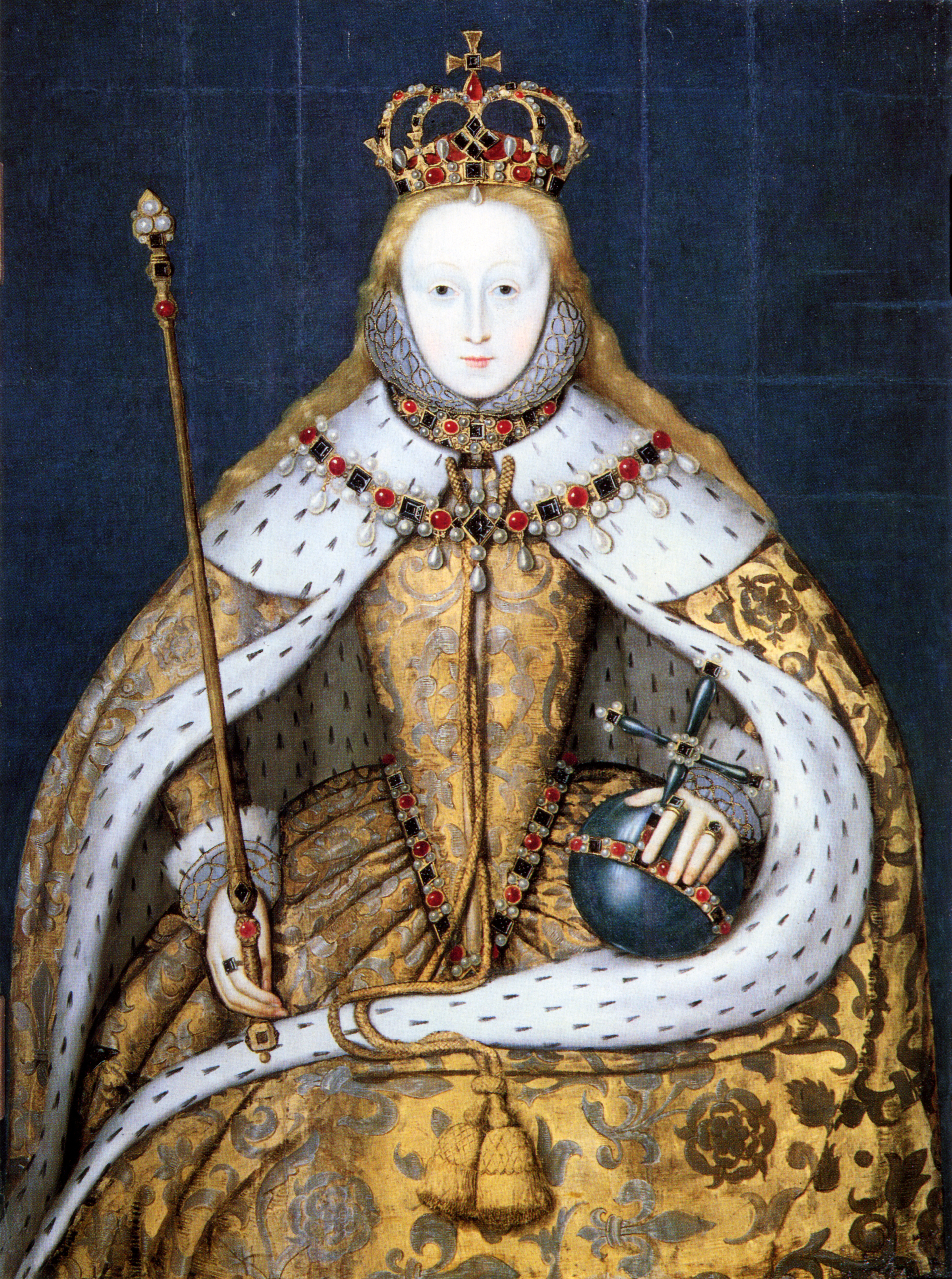
On a midsummer day in late June, the former queen of France lay dying at her residence of Westhorpe Hall in Suffolk. Mary Tudor, the universally acknowledged beautiful younger sister of Henry VIII, was only thirty-seven years of age at the time of her death. Fiery, charismatic and passionate, Mary is perhaps better known for being the beautiful duchess of Suffolk rather than queen of France, a position she occupied for only three months. The 'white queen', as Mary has sometimes been known, was surrounded by only a few attendants in the gentle seclusion of her Suffolk estate. It is entirely possible that her husband was not at her side in her last hours.
In her youth, Mary had been described as 'a Paradise - tall, slender, grey-eyed, possessing an extreme pallor'. She was born at the palace of Sheen in March 1496, the youngest surviving child of Henry VII and Elizabeth of York. When she was only six years old, her eldest brother Arthur died and her mother followed Arthur to the grave only ten months later. Mary appears to have been close with her brother Henry, later Henry VIII. He was to name his only surviving child after her, a princess born in 1516.
Mary had been married to Charles, duke of Suffolk since May 1515. Their marriage had scandalised Europe and had outraged King Henry, who was furious with the couple's failure to secure royal permission for their marriage. The couple were fortunate to escape with a heavy fine: by the standards of the time, Henry's honour had been disparaged by his sister's actions, and her husband the duke could have been imprisoned or even executed. Although the king and his younger sister had traditionally been close, their relationship was further strained after 1527, when Henry pursued marriage with Anne Boleyn. Mary was close to his wife, Katherine of Aragon, whom she had known since her early years. As David Loades writes, Mary and Anne 'exchanged insults of a semi-public nature'. Henry's annoyance with his sister's behaviour means that he seems to have failed to mourn her death. He left no comment when informed of her demise, although this reaction is perhaps explained by the fact that he had just remarried and was spending time with his new consort.
Mary's widower, Charles Brandon, was left with three children: Frances (born in 1517; she married Henry Grey the same year); Eleanor (born in 1519); and Henry (who was to die the following year). Less than three months after his wife's passing, the duke remarried. His second wife was fourteen-year-old Katherine Willoughby. The thirty-five year age difference between the duke and his teenage bride did not pass without comment, but the marriage was a successful one.
In the story of the early Tudors, Mary tends to be overshadowed by her volatile brother and the drama of his six marriages. Yet she was a passionate, intelligent and charismatic woman who was a teenaged Queen of France and who caused considerable controversy when she decided to marry her husband's favourite without seeking royal permission. Two decades after Mary's death, her granddaughter Lady Jane Grey briefly became queen of England, an event that Mary could never have foreseen.



